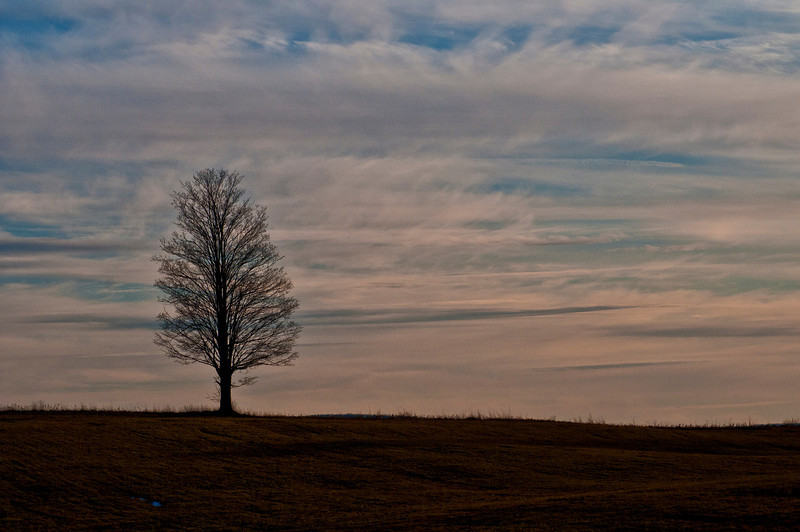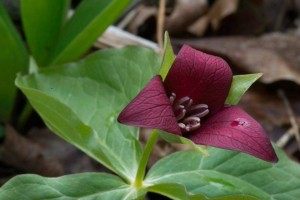Spring at last! We’ve survived the long bitter winter of snow and ice and bare branches.
For us humans, winter is the rough season. But for plants, winter is spent dormant and snug under the snow. Spring is the time when they have to battle for survival. The first greenery is a welcome sight, not just for humans, but for rabbits, deer, slugs, insects and other herbivores, all thin and hungry and longing for a square meal. The first spring wildflowers unfurl into a world of hungry mouths waiting to eat them. An April trillium or hepatica runs a much greater risk of ending up in an herbivore’s stomach than does a June daisy, just because there’s so little else to eat out there in the first chilly days of spring.
So how do those delicate little harbingers of spring survive? We tend to think of the denizens of the Plant Kingdom as passive victims, submissively waiting to be eaten, and spring wildflowers seem especially defenseless and fragile. But those dainty leaves and blossoms have evolved a wide arsenal of weapons to fight back against the hungry mouths of herbivores. The evolution of plants is closely intertwined with the evolution of things that eat them. It’s a sort of steadily escalating arms race: I’ll develop thorns—but then you develop strong jaws that can munch thorns. Okay, I’ll develop poisonous thorns. You develop antidotes to the poison. And so on. The first spring wildflowers have to pack exceptionally heavy weaponry.
Some plants beat back the onslaught of herbivores by stinking them out. Among the very first hints of green in our latitudes is a plant called onion grass, with round chive-like leaves that poke up through the snow. Onion grass is well-named, strong and oniony enough to make you cry. And, judging from the absence of nibble marks, it’s strong-smelling enough to discourage even hungry rabbits. The also aptly-named skunk cabbage is another of the very first spring greens. Even the smallest bite releases a putrid smell that’s amazingly intense.
But if an herbivore is hungry enough, bad smell alone won’t be enough to deter it. Bloodroot, a snow-white wildflower that looks as fragile as porcelain, has evolved even nastier chemical defenses. The plant gets its name from its blood-red sap, which carries the alkaloid sanguinarine, a powerful toxin that kills skin cells and destroys tissue, causing sores and bleeding wounds which produce massive scabs. Bloodroot contains sanguinarine all year, even when dormant in winter, but produces much more of it as the plant becomes physiologically active in spring.
So bloodroot and onion grass survive by being savage and smelly—but what if you’re sweet? The mottled leaves of trout lilies are tasty and sweet as sugar, so how do they escape being nibbled into extinction? They survive by their sheer numbers—thousands of them will carpet a forest floor. Canada mayflowers use the same strategy. Their little teardrop-shaped leaves cover huge areas of forests—hopefully enough so that even the deer can’t eat all of them. Deer are a major threat to spring wildflowers and have been partly responsible for the declining numbers of many species, especially red and white trillium.
As spring arrives, we congratulate ourselves for having survived a tough winter. As you venture outdoors, consider the green warriors at your feet. Root for them to survive a tough spring.
Many thanks to Wells Horton for these beautiful photos! Look for more at http://wells-horton.smugmug.com/





Recent Comments